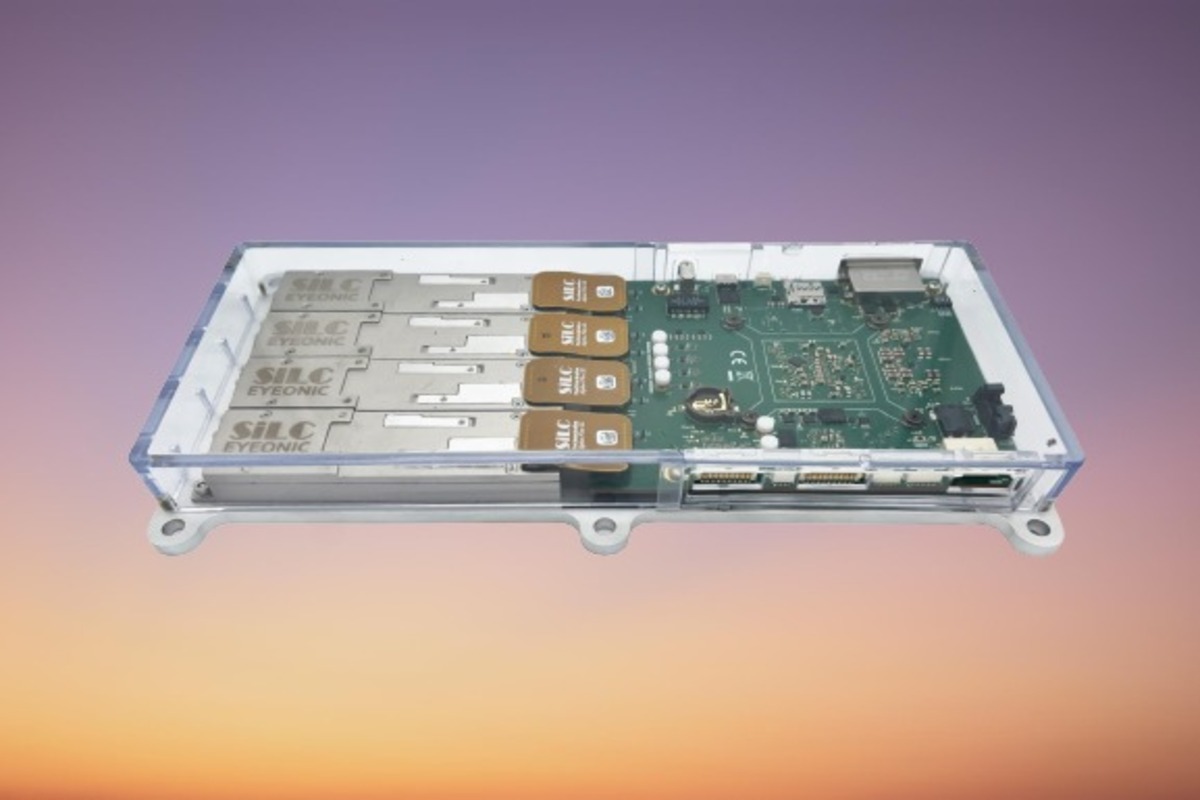Revolutionizing Vision Systems : The purpose of an innovative alliance is to change how vision systems work in different industries. Indie Semiconductor and SiLC Technologies are revolutionizing vision systems. This partnership is a game-changer with a broad impact on various industries. This partnership will expand options for assisting drivers, self-driving cars, robots, and industry automation. The platforms will use FMCW sensing technology to improve collaboration.
The partnership focuses on FMCW-based LiDAR, a technology with many advantages over TOF options. This LiDAR device has a longer range and higher accuracy than others, thanks to FMCW. Because it’s shielded from distractions, it’s unaffected by background noise. And since it can calculate speed and movement for each piece of information immediately, it has a better understanding than ever.
Indie Semiconductor and SiLC Technologies collaborate on revolutionary sensing technology platforms. They work together perfectly! These tools show how creativity and innovation can improve performance, manufacturing, power efficiency, size, and cost. These platforms could revolutionize everything by using indie software for controlling analog and digital devices, combined with SiLC’s Eyeonic vision solution.

Read More : International Airlines : Strong Earnings Amidst Aviation Business Changes
Chet Babla, a smart Senior VP of Strategic Marketing at Tiny Semiconductor, explains the significance of this relationship. He said working with SiLC started a big change in FMCW LiDAR processing. This change is an important example to follow. Surya’s advanced processing and system control, along with SiLC’s Eyeonic solution, enables using 4D FMCW images for various consumer applications.
Ralf Muenster, SiLC’s VP of Business Development and Marketing, praises their FMCW LiDAR sensor’s excellence concisely and articulately. Compared to similar products, this sensor is the best choice for compatibility, clarity, accuracy, and range. It’s unique as it offers polarization info and is accessible to the public. This is better than its competitors.
Major players are testing the Surya and Eyeonic technologies in the automobile, tier-one, and industrial OEM industries. The link between independent and SiLC continues to yield positive results as they develop new reference platforms to showcase their evolving partnership. This remarkable story about innovation is about teamwork and foresight. It will bring new ideas to vision systems, impact industries, and shape future technology
Our Reader’s Queries
What is an example of a vision system?
In this discussion, we explore the various applications of vision systems in visual inspection, process control, part handling, and assembly. Some notable examples include the automatic assembly of car tires, the identification of rear axles for spray painting by robots, welding process control, and the precise sewing of textiles. These systems have proven to be invaluable in improving efficiency and accuracy in various industries.
Who invented the vision system?
Boris Rosing, a renowned Russian scientist and inventor, pioneered the development of electronic scanning techniques for reproducing images. His collaboration with fellow scientist Vladimir Zworkin led to the invention of the Kinescope, the first practical electronic system for transmitting and receiving images. This groundbreaking technology revolutionized the way images were captured and transmitted, paving the way for modern television and other electronic imaging systems. Thanks to the innovative work of Rosing and Zworkin, we can now enjoy high-quality images and videos with ease.
What is the vision system in artificial intelligence?
Computer vision is a branch of AI that empowers computers and systems to extract valuable insights from digital images, videos, and other visual inputs. This information is then used to make informed decisions or provide recommendations. By leveraging computer vision, machines can interpret and understand the world around them, just like humans do. This technology has the potential to revolutionize industries such as healthcare, transportation, and security, among others.
What are the basic vision systems?
There are three main types of vision systems: PC based, compact, and smart camera based. The PC based system is the traditional approach, where an industrial computer is used to manage and communicate with all the peripheral devices, including cameras and lighting. The software quickly analyzes the information gathered by the system.

